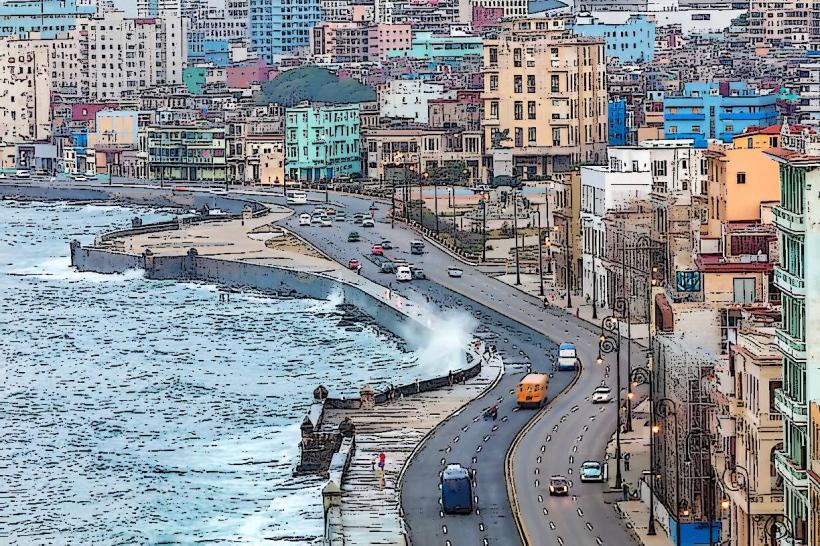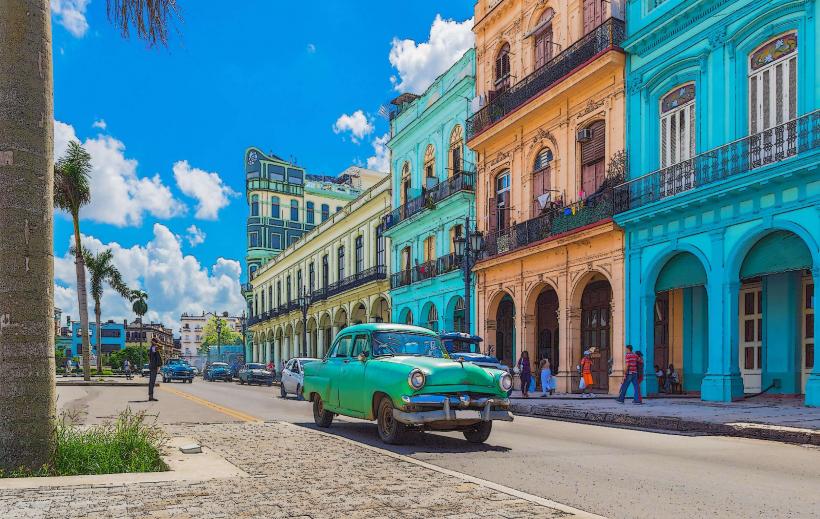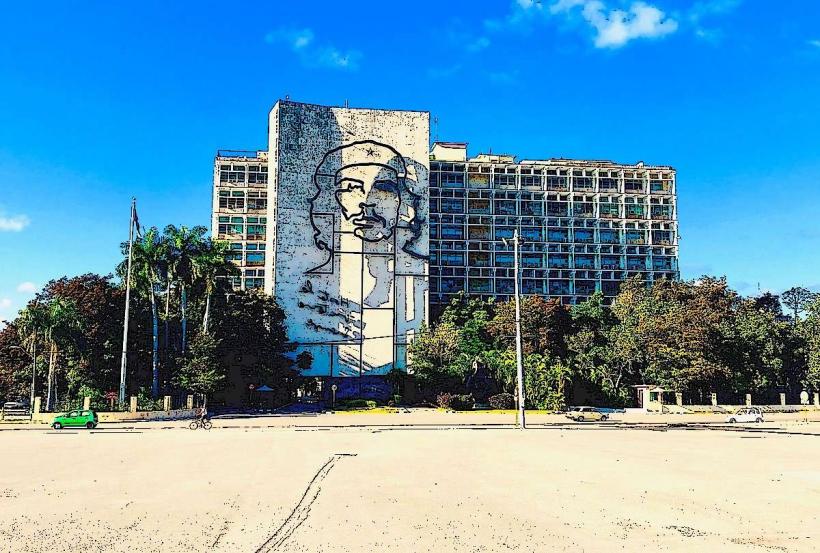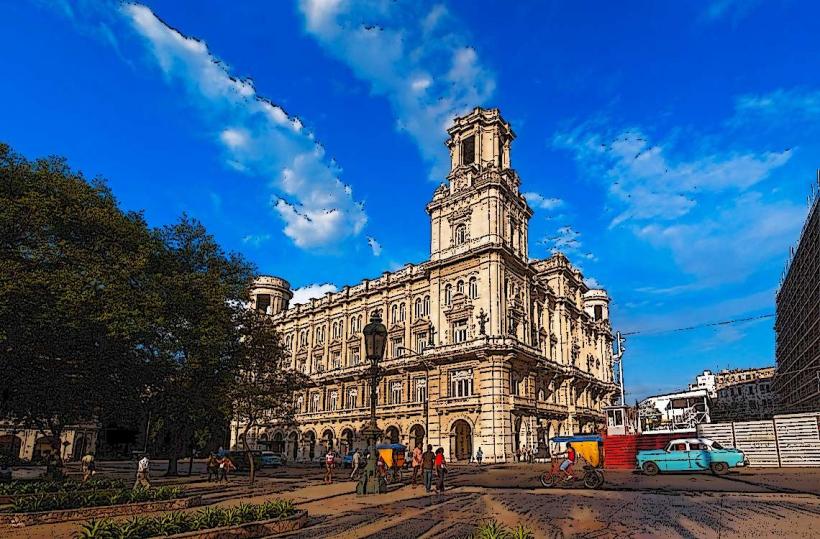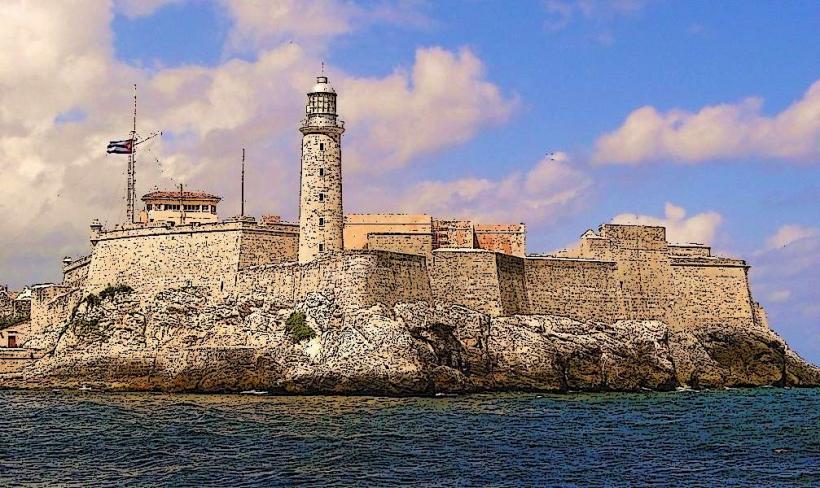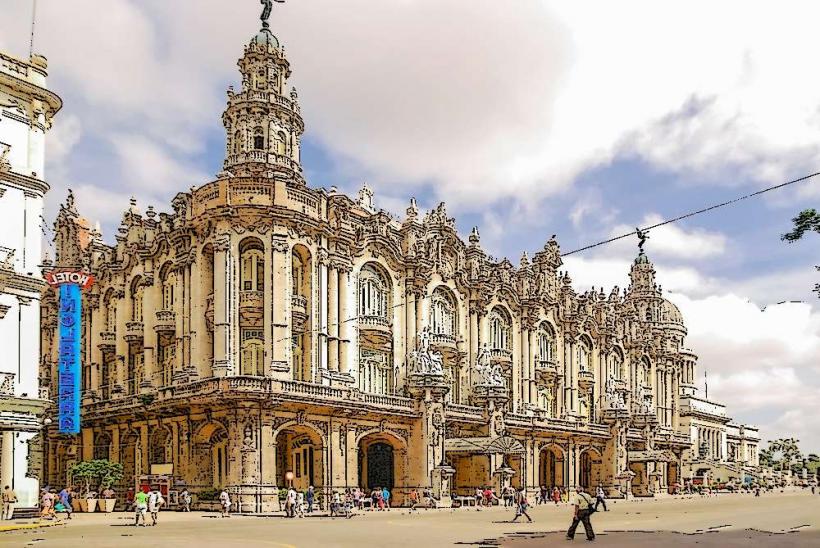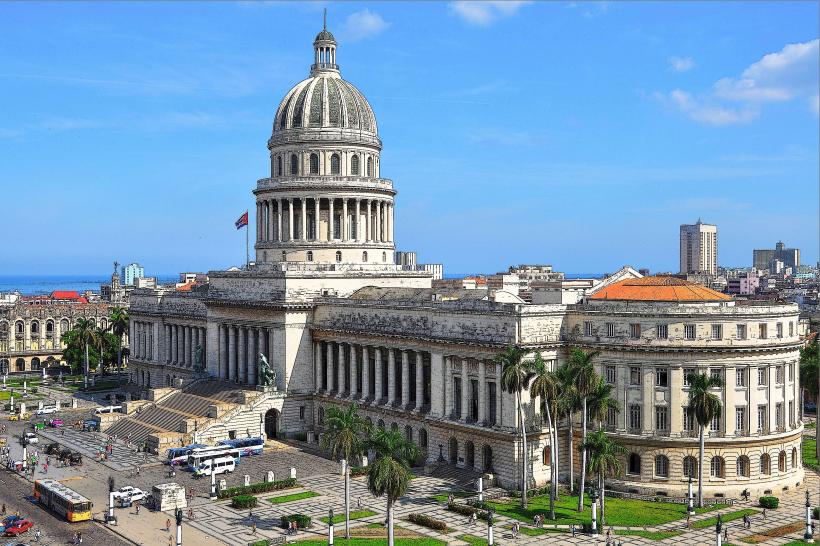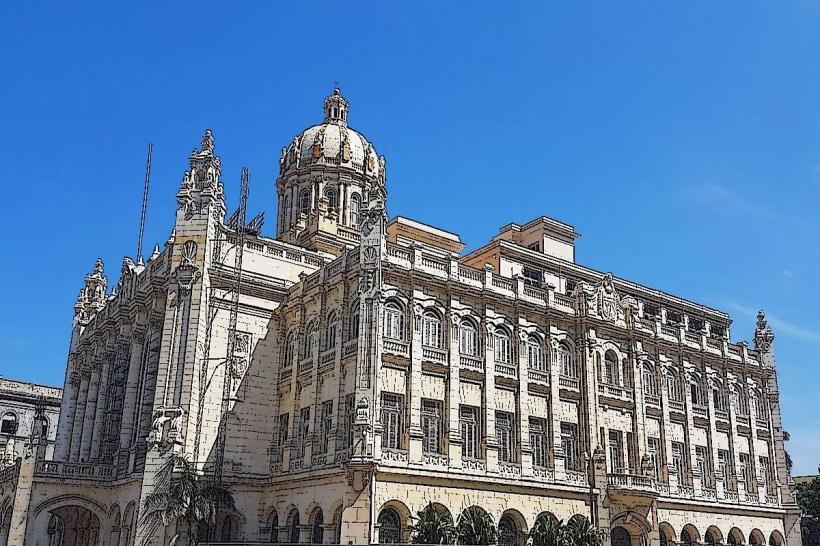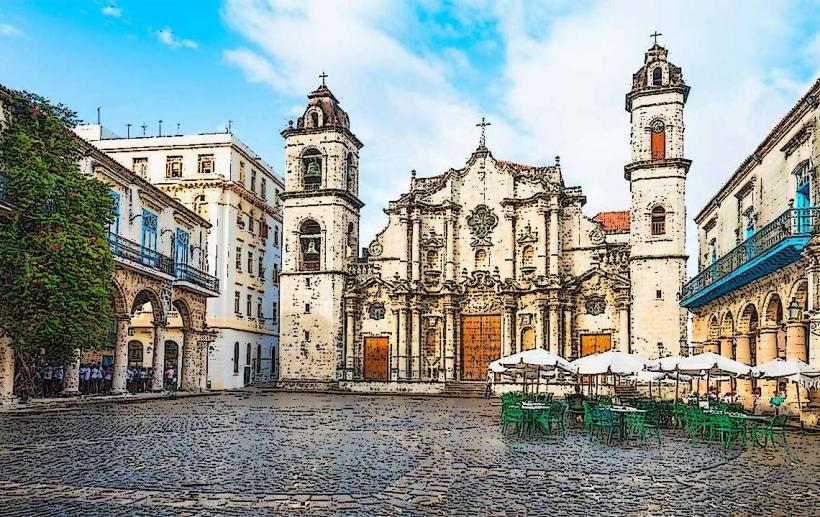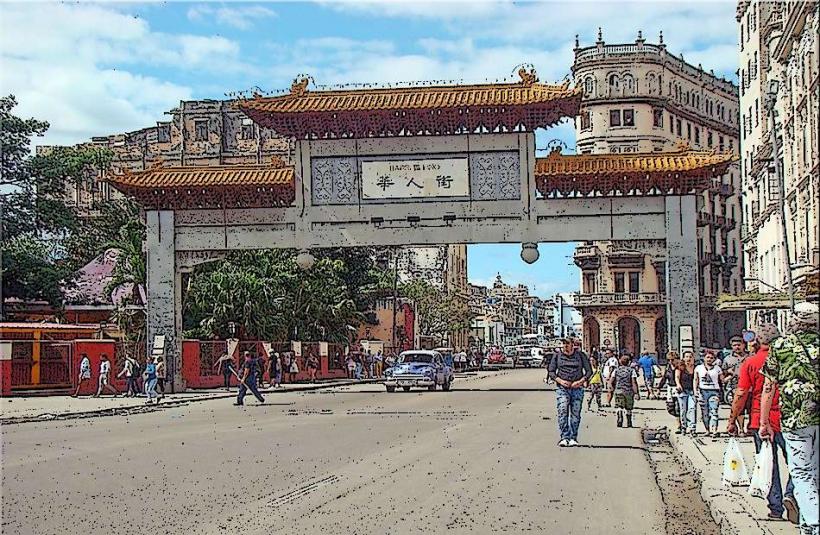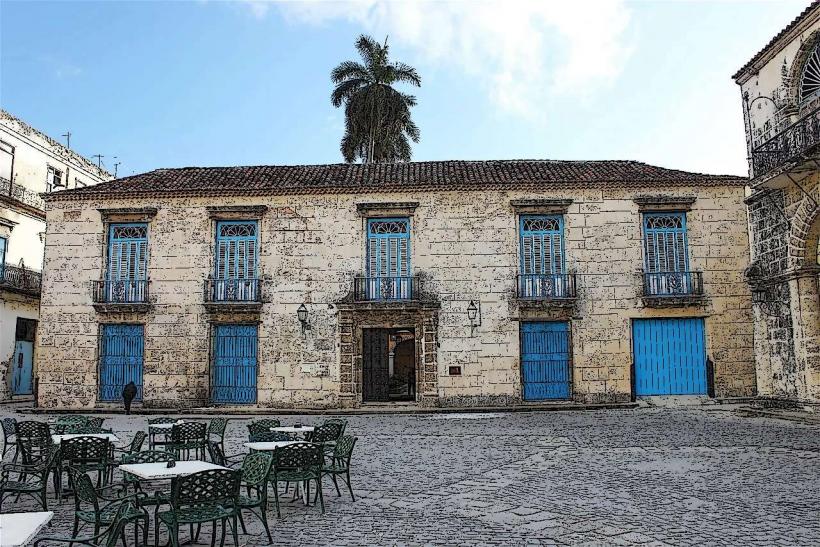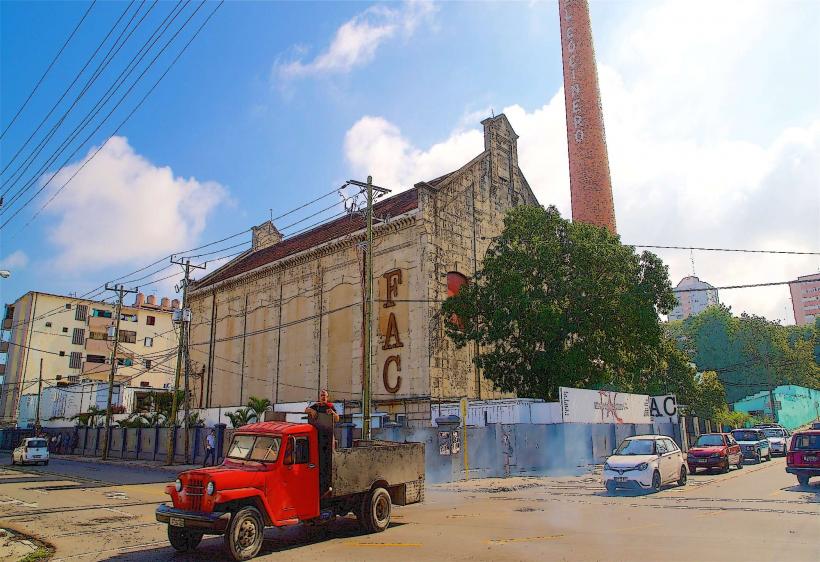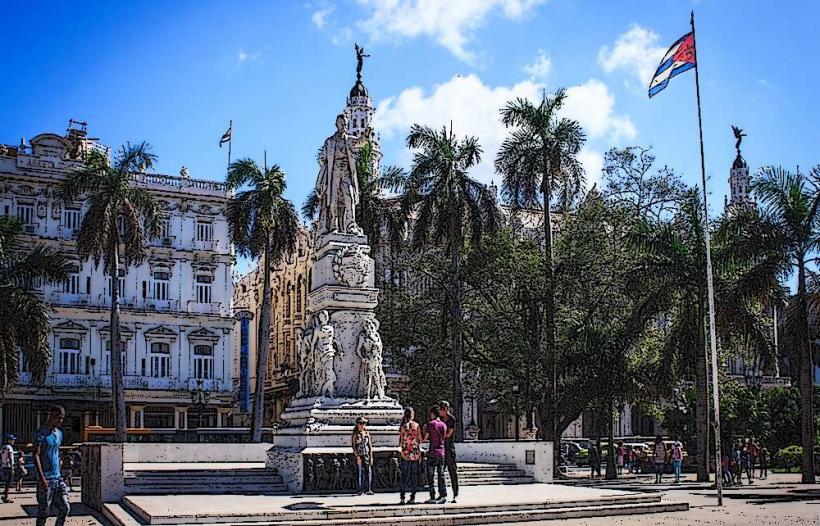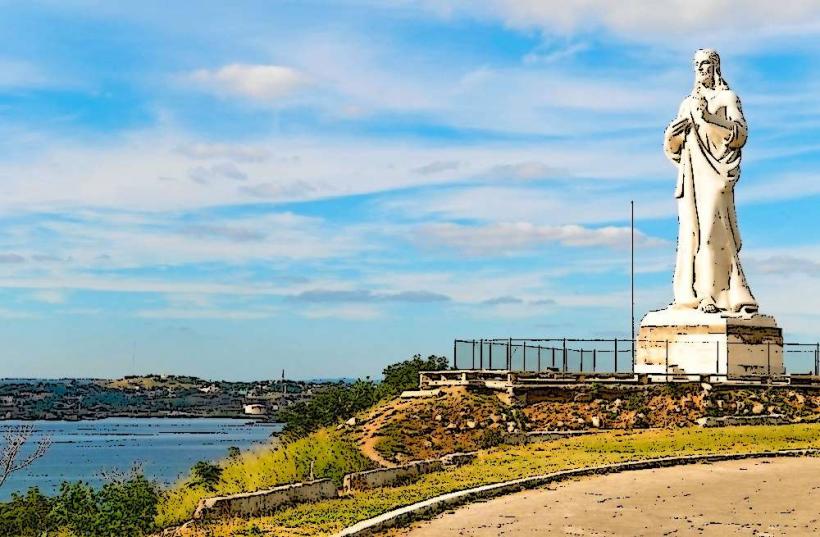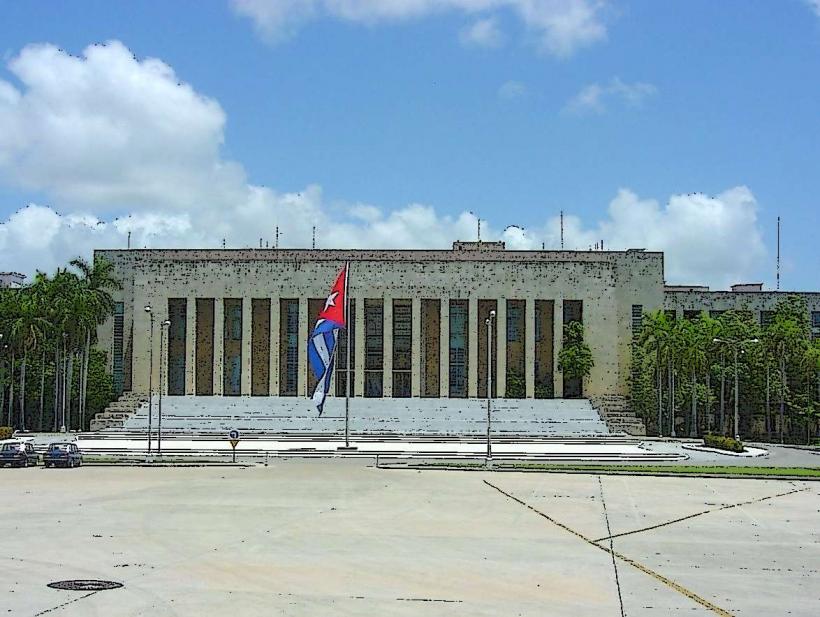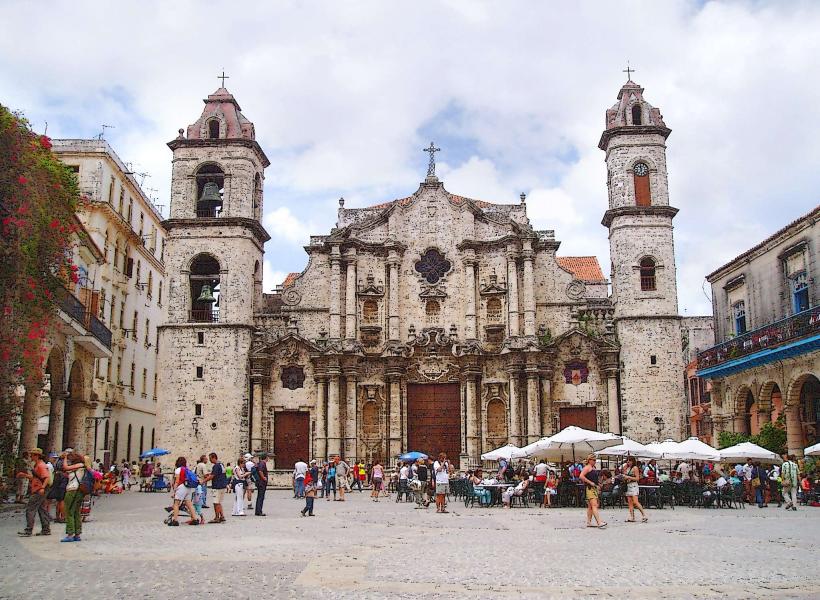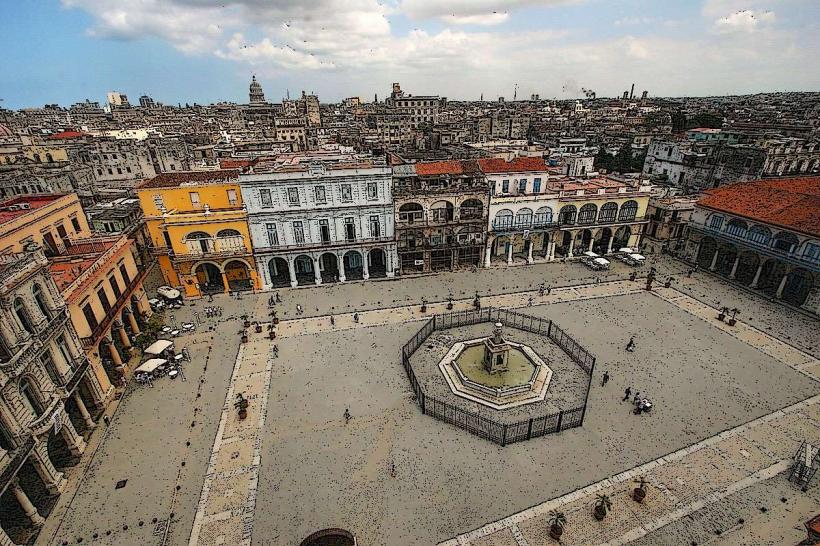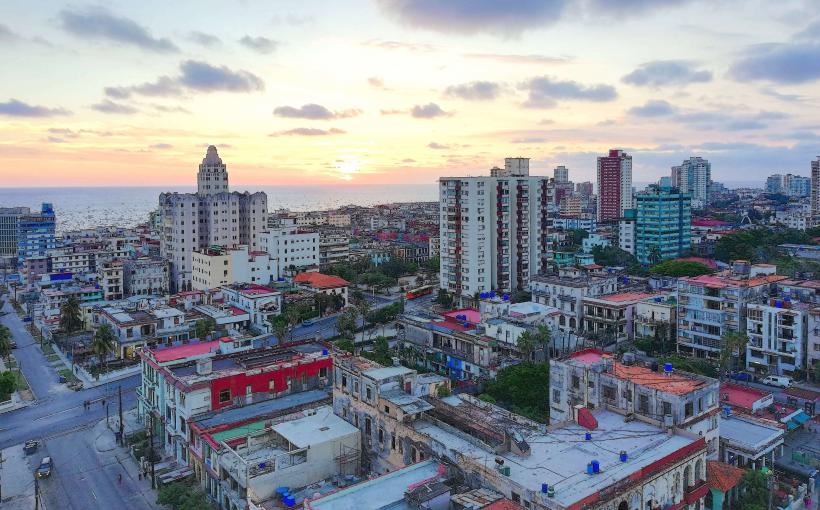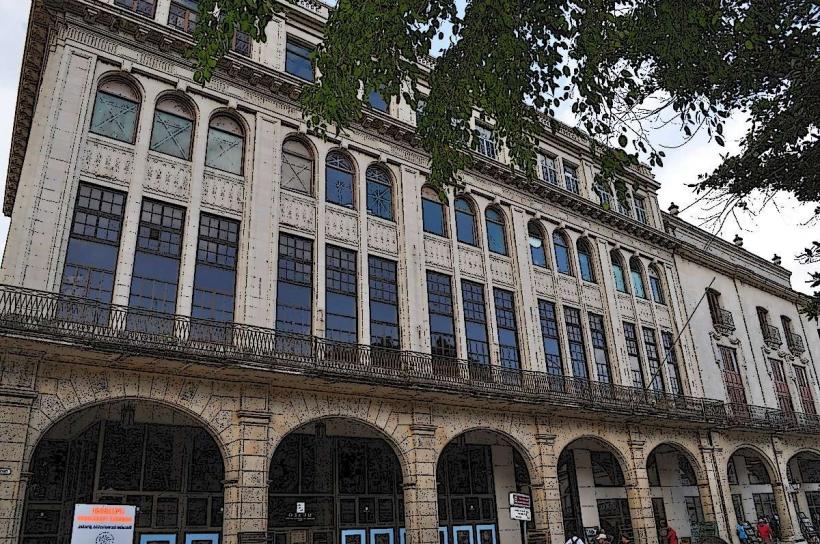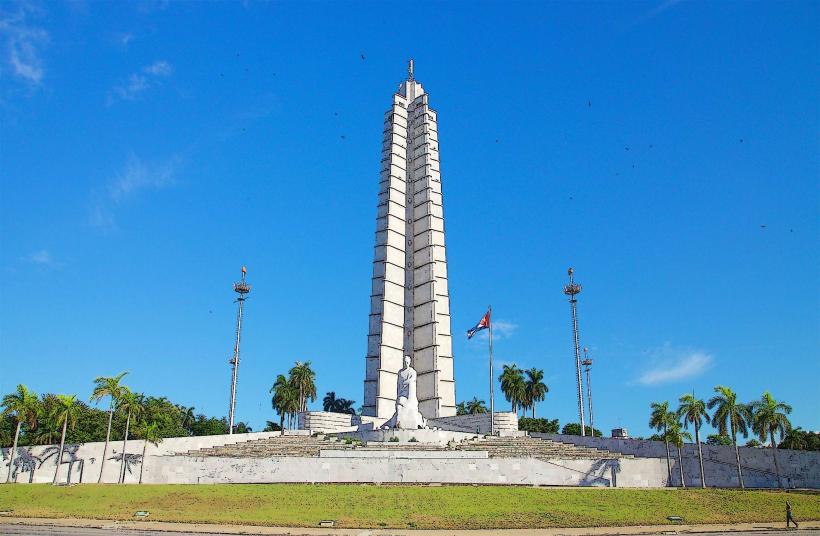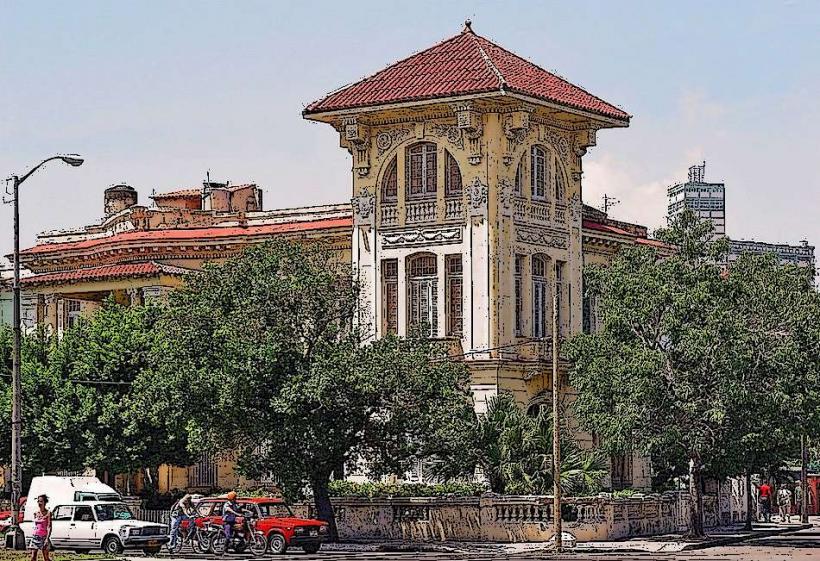Information
Landmark: Palacio de los Capitanes GeneralesCity: Havana
Country: Cuba
Continent: North America
The Palacio de los Capitanes Generales is a historic and architectural landmark located in the heart of Old Havana (Habana Vieja). This grand palace, which served as the official residence of the Spanish colonial governors in Cuba, is one of the most significant examples of colonial architecture in Havana and is now home to the Museo de la Ciudad de La Habana (Museum of the City of Havana). The palace is a must-visit for those interested in the history of Cuba and its colonial past.
Historical Significance
The Palacio de los Capitanes Generales was constructed between 1776 and 1791 during the reign of King Charles III of Spain. It was originally designed to serve as the residence of the Spanish Captain General, who was the highest-ranking official in Cuba during the colonial era. The palace’s location in the Plaza de Armas in Old Havana reflects its importance as a symbol of Spanish authority and control over the island.
Spanish Colonial Power: The building's construction was part of Spain's efforts to assert its influence and power over Cuba, a strategic colony in the Caribbean. The Captain General was responsible for overseeing military, civil, and judicial affairs in Cuba, and the palace served as the center of political and administrative life during Spanish rule.
Political and Military Role: Throughout its history, the palace witnessed many significant political and military events. The Captain General held court in the palace and received official visits from important figures. It was also the site of administrative decisions and military planning during periods of conflict.
Architecture and Design
The Palacio de los Capitanes Generales is a fine example of Spanish colonial architecture, combining elements of baroque and neoclassical styles. The building features impressive architectural details that reflect both the grandeur of the Spanish Empire and the aesthetic tastes of the late 18th century.
Facade: The palace’s exterior is a stunning blend of baroque and neoclassical elements. The building’s facade is symmetrical, with large arches and a central balcony where the Captain General could address the public. The stonework is finely detailed, with decorative carvings and ornate windows, typical of the period’s aristocratic taste.
Courtyard: Upon entering the palace, visitors are greeted by a beautiful inner courtyard that features columns, fountains, and lush greenery. The open space reflects the traditional Spanish colonial design of a courtyard that provided light, air, and a sense of openness to the otherwise enclosed building.
Interior Rooms: The interior of the palace includes several rooms that showcase the opulence of the colonial era. The rooms are adorned with period furniture, chandeliers, and decorative elements, all reflecting the wealth and power of the Spanish colonial authorities. Many of the rooms feature high ceilings, elegant staircases, and grand chandeliers, which enhance the sense of grandeur.
The Hall of Mirrors: One of the most famous rooms in the palace is the Hall of Mirrors, which features large mirrors, gold leaf details, and intricate woodwork. This room was used for official receptions and ceremonies.
Museo de la Ciudad de La Habana
Today, the Palacio de los Capitanes Generales serves as the Museo de la Ciudad de La Habana (Museum of the City of Havana), showcasing the rich history of Havana from its founding to the modern day. The museum is dedicated to the history, culture, and development of Havana, and it offers visitors a fascinating journey through the city’s colonial past, its transformation under Spanish rule, and its evolution into the vibrant capital of Cuba.
Exhibits: The museum houses an extensive collection of artifacts, paintings, maps, and furniture that depict Havana's growth as a Spanish colony, its trade routes, and the influence of the Spanish Empire. Some exhibits are dedicated to the life of the colonial elite in Havana, offering insights into the daily life of the upper classes during the colonial period.
Historical Artifacts: The museum’s collection includes historical documents, coins, weapons, and ceramics from Cuba’s colonial era. The exhibits trace the island’s development, including the early Spanish exploration and settlement, the sugar trade, and the impact of the slave trade on Havana’s growth.
City Models and Maps: The museum also showcases detailed models of Havana during different periods of its history, allowing visitors to see how the city has evolved over the centuries. Maps of colonial Havana help visitors understand the urban planning and architectural development of the city during the Spanish colonial era.
Artistic Exhibitions: In addition to the historical exhibits, the museum also features artistic exhibitions that highlight the works of Cuban artists, both historical and contemporary. This integration of art and history provides a comprehensive look at the cultural heritage of Havana.
Nearby Attractions
The Palacio de los Capitanes Generales is located in one of Havana’s most historically rich areas, the Plaza de Armas, which is home to several other important landmarks and attractions. Some nearby places worth visiting include:
Plaza de Armas: The main square in Old Havana, surrounded by colonial-era buildings and historic landmarks. It is often bustling with street vendors, musicians, and tourists.
Castillo de la Real Fuerza: A short walk from the palace, this fortress is another key historical site in Havana. It was built in the 16th century to protect the city from pirates and is home to the Museo de la Navegación (Museum of Navigation).
La Catedral de la Habana: Another prominent landmark in Old Havana, this stunning cathedral is a fine example of baroque architecture and serves as the seat of the Archdiocese of Havana.
Museo Nacional de Bellas Artes: Located nearby, this museum houses an extensive collection of Cuban and international art, spanning from colonial to modern periods.
Visitor Experience
The Palacio de los Capitanes Generales is one of Havana’s most important cultural and historical sites, offering a unique opportunity to explore Cuba’s colonial past. Visitors can take guided tours of the museum, where knowledgeable guides provide detailed information about the building’s history and the exhibits on display.
Opening Hours: The museum is typically open daily, with some exceptions on public holidays. It’s advisable to check the opening times before visiting.
Admission: Admission fees are usually affordable, with discounts for students and Cuban citizens. The museum is a popular destination for both locals and tourists.
Accessibility: The Palacio de los Capitanes Generales is located in the pedestrian-friendly area of Old Havana, making it easy to access by foot or taxi. Its central location makes it a key stop on any walking tour of the historic district.
Conclusion
The Palacio de los Capitanes Generales is a historically significant and architecturally impressive landmark in Havana. Its role as the seat of Spanish colonial power and its transformation into the Museo de la Ciudad de La Habana make it a must-visit for anyone interested in the history of Cuba, particularly its colonial past. The palace’s grandeur, historical artifacts, and central location in Old Havana make it an essential part of the city’s cultural heritage, offering visitors a chance to step back in time and explore the world of Spanish colonial Havana.

